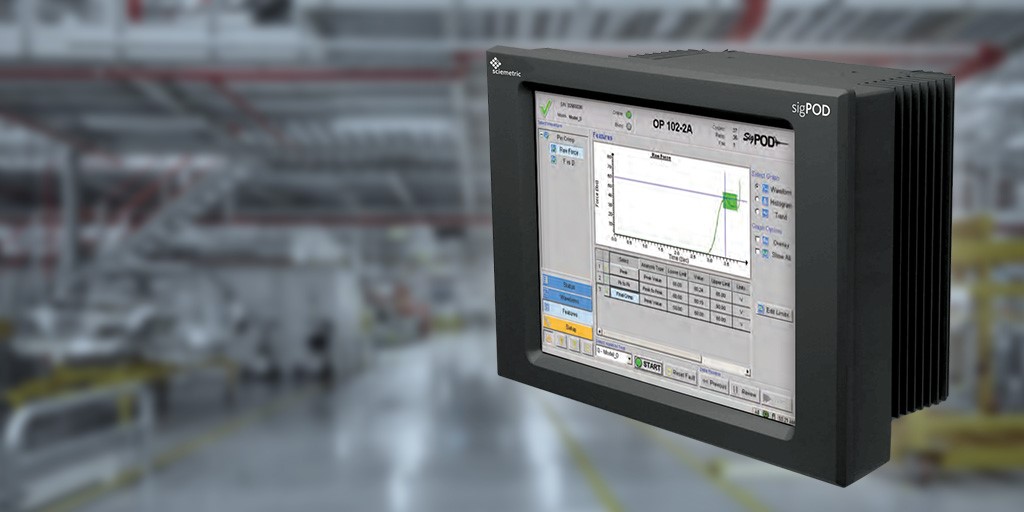How to reduce fill time in leak test
When it comes to leak, a smaller part is faster to test. But you can’t just make a part smaller – or can you? Steve White discusses ways to shorten fill time by considering test station fixturing and connections, the part’s internal geometry and supply pressure.
What you need to consider when choosing a leak test system
Ron Pawulski offers a checklist of what to consider when choosing a leak test system – your acceptable level of Gage R&R (repeatability and reproducibility), the required test cycle time for your line, and the need for traceability and root cause analysis.
Taming big data is key to plugging the holes in your leak test
Collecting data isn’t the same as making effective and timely use of the data. Rob Plumridge discusses how manufacturers must invest in robust data management and analytics tools if they expect to achieve measurable gains in production quality and output.
Getting your leak test right starts with data
This e-book explores the art and science of achieving a more reliable, accurate and faster leak test. We cover seven practical steps, ranging from getting station setup right, to how to effectively use data and digital process signature analysis.
Large volume leak test: 4 tips for a reliable and repeatable test
Performing a leak test on big parts poses big challenges. But, as is the case with any leak test scenario, if you know and control your variables, you can control the test. Here are 4 tips to help you achieve a reliable and repeatable leak test.
How to catch faulty fuel rail insertion with digital process signature analysis
Tearing down an engine to find a problem when it fails an end-of-line test is costly and time-consuming. It’s much better to identify a quality issue upstream on the production line where it occurs. Learn how an automaker used digital process signatures to adjust their fuel rail insertion parameters to catch faulty insertions before they reach the end of the line.
Dear John: What's the difference between pressure decay leak and flow-based leak test?
Question: Dear John, What’s the difference between a pressure decay leak test and a flow-based leak test? How do I know which one I should use? Answer: Leak testing is one of those things that is more complicated than it seems on the surface. The differences b…
Top 5 Sciemetric blog posts of 2017
We recap our five blog posts that captured the most attention in 2017, from getting your leak test right and containing warranty costs with data to how the repair bay can contribute to a more effective defect data management strategy.
The difference between a pressure decay leak test and a mass flow leak test (and which one to use)
One of the most common questions about leak testing is understanding when to use pressure decay versus flow. We discuss how these two types of test differ and the instances where one is preferable to the other.



